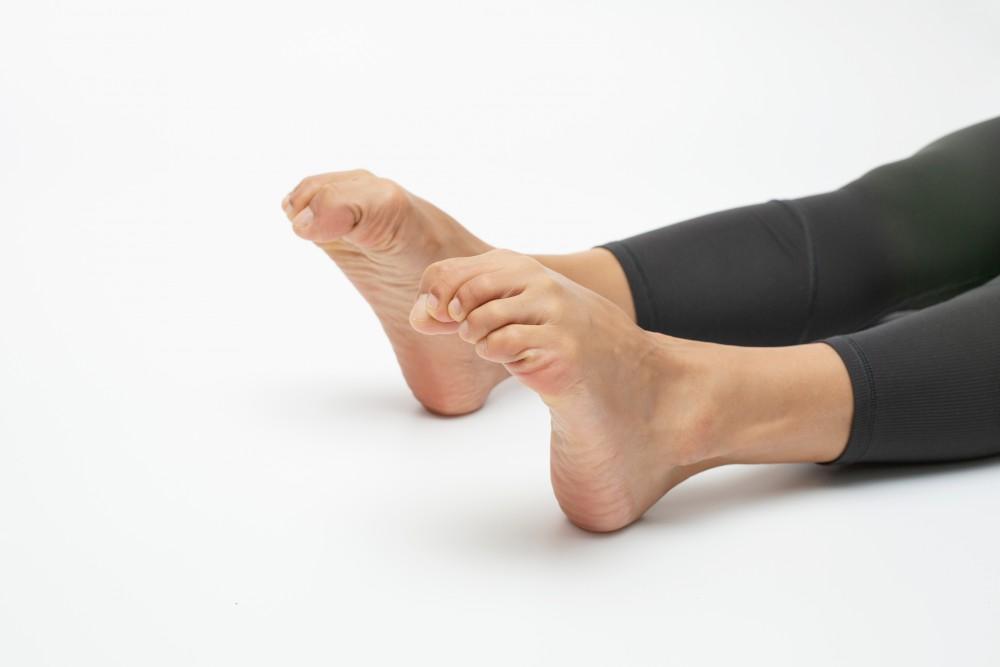
Trigger Finger: Signs and Treatment

Trigger finger, clinically referred to as stenosing tenosynovitis, is an orthopedic hand condition that traps a finger or thumb in a curved position. While trigger finger isn't necessarily painful, it's uncomfortable and limits your ability to use your hands.
To understand your hand's anatomy and how trigger finger happens, it might help to think of each of your fingers like a fishing rod. The tendons that help you bend and extend your fingers are like fishing line and are held close to your finger bones with bands of tissue called pulleys, much like the tiny pulleys on a fishing rod. Your tendon slides through the pulley when your muscles contract to bend your finger.
Trigger finger develops when your tendon thickens from repetitive use or as a complication of a disease like diabetes or rheumatoid arthritis. As a result, your tendon has trouble moving through the pulley and eventually gets trapped.
Our orthopedic surgeons at Bahri Orthopedics & Sports Medicine Clinic in Jacksonville, Florida, can diagnose trigger finger in its early stages and offer personalized treatment plans to release your tendons and restore movement to your fingers. If you wait to get treatment, your chances of needing invasive therapies, including surgery, increase.
Signs of trigger finger
Knowing the symptoms of trigger finger can alert you to a problem before it becomes too severe. As with most conditions, when you start treatment early, it's less invasive and more effective.
The earliest warning signs of trigger finger include stiffness, a popping or clicking sensation, and tenderness. Your stiffness is usually more pronounced after periods of inactivity, such as when you wake up in the morning.
As your tendon becomes thicker, you develop a nodule or bump. Trigger finger typically affects the joint connecting the finger to the rest of the hand, so the bump usually grows at the top of your palm, just below your affected finger.
Eventually, your tendons start to catch when you move your finger. You might feel a tug or snag when you bend or flex your finger. Finally, your tendon becomes too thick to move through the pulley, and your finger gets stuck in a bent position.
When to see a doctor
The conventional advice is to see a doctor if you can't bend or straighten your finger or develop redness, swelling, or other infection signs.
However, here at Bahri Orthopedics & Sports Medicine Clinic, we recommend that you make an appointment earlier in your condition’s progression. For example, if you have finger stiffness in the morning or feel a pop or catch when you bend your fingers, contact us.
Trigger finger treatments
After your exam, we create a customized treatment program to eliminate the swelling in your tendons and restore your full range of motion.
When appropriate, we start with conservative treatments, including anti-inflammatory medicine and physical therapy. You might find that wearing a splint at night, resting your hands, and practicing hand and finger stretches relieves your symptoms.
We might also recommend a steroid injection to deliver a powerful anti-inflammatory directly into your thick and swollen tendon. We also offer regenerative medicine, including platelet-rich plasma (PRP) and stem cell therapy, to accelerate the healing process.
When conservative treatments aren't effective or if your condition is advanced, we might recommend a surgical procedure to release your finger.
Percutaneous release is a minimally invasive procedure that allows us to break up the constricted tissue preventing smooth tendon movement. It's an in-office procedure that only requires a local anesthetic. We also offer a surgical procedure to cut through the tight and thickened part of the tendon.
If you have any signs of trigger finger, call or schedule a consultation online with our orthopedic specialists today.
You Might Also Enjoy...


Fracture Care: Nonsurgical Options vs. Surgery

Am I a Good Candidate For Shoulder Replacement?

Staying Active With Knee Osteoarthritis: Our Top Tips

Struggling with Ankle Instability? Here's How to Avoid Future Sprains


